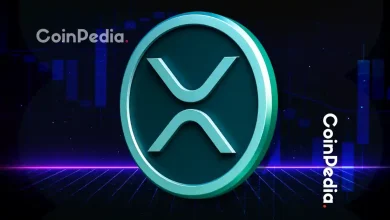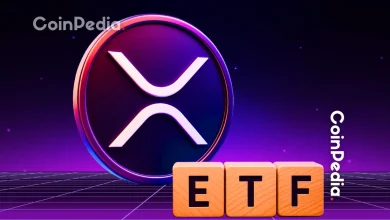
The U.S. Congress has officially passed the GENIUS Act, a historic piece of legislation that brings clear regulations to stablecoins. This decision is expected to fuel adoption of RLUSD, Ripple’s stablecoin built on the XRP Ledger (XRPL)—and indirectly boost XRP’s price and utility.
Let’s break down how this law changes the game for stablecoins, and what it means for Ripple, RLUSD, and XRP holders.
GENIUS Act Brings Regulatory Clarity to the $261 Billion Stablecoin Market
The stablecoin market is now valued at $261.5 billion, led by:
- Tether (USDT) – $155.4B
- USD Coin (USDC) – $61.4B
- USDS, BSC-USD, USDE, DAI – Remaining top contenders
Passed with a 68-30 vote, the GENIUS Act sets new standards for audits, reserves, and licensing, ending the Wild West era for stablecoins.
Senator Bill Hagerty, who backed the bill, called it “a new era of payments,” emphasizing its potential to make transactions faster and cheaper across the financial system.
What the GENIUS Act Means for Trust and Transparency
Until now, stablecoins faced regulatory uncertainty, deterring institutional adoption.
The GENIUS Act changes that by requiring:
- Full reserve backing
- Independent audits
- Strict licensing
This means stablecoin issuers must prove they hold enough assets to match what they issue—restoring public and institutional trust.
Why RLUSD Could Become a Top Institutional Stablecoin
A recent post on X by crypto expert SMQKE explained that RLUSD is designed with GENIUS compliance in mind.
This opens the doors for:
- Banks
- Asset managers
- Global corporations
to adopt RLUSD, as it meets regulatory requirements they demand before integrating crypto into operations.
More RLUSD Usage = More XRP Burned = Higher XRP Price?
Here’s where XRP benefits:
- RLUSD operates exclusively on the XRP Ledger
- Every RLUSD transaction burns a small amount of XRP
- This reduces XRP supply over time
In economic terms, less supply plus growing demand often leads to higher prices.
So, increased RLUSD usage could fuel XRP’s long-term value.
XRP Price Trend
- 1-Year Growth: +441.6%
- Last 30 Days: -7.5%.
Despite a recent dip, long-term sentiment remains bullish, especially with real-world use cases like RLUSD gaining traction.
RLUSD vs CBDCs: A New Digital Payments Race?
Crypto expert SMQKE also pointed out that regulated stablecoins like RLUSD now have an edge over government CBDCs (central bank digital currencies).
With regulatory clarity, RLUSD can:
- Launch faster
- Scale globally
- Compete as a secure, trusted payment solution
This puts Ripple and XRP in a stronger position to compete in the evolving digital finance landscape.
Bottom Line:
The GENIUS Act is a major win for Ripple’s RLUSD, institutional adoption, and XRP holders. As stablecoin rules get clearer, XRP Ledger’s role in compliant digital finance is growing fast.
Keep an eye on RLUSD adoption and XRP’s burn rate—this could be the fuel for the next big XRP rally.
Trust with CoinPedia:
CoinPedia has been delivering accurate and timely cryptocurrency and blockchain updates since 2017. All content is created by our expert panel of analysts and journalists, following strict Editorial Guidelines based on E-E-A-T (Experience, Expertise, Authoritativeness, Trustworthiness). Every article is fact-checked against reputable sources to ensure accuracy, transparency, and reliability. Our review policy guarantees unbiased evaluations when recommending exchanges, platforms, or tools. We strive to provide timely updates about everything crypto & blockchain, right from startups to industry majors.
Investment Disclaimer:
All opinions and insights shared represent the author's own views on current market conditions. Please do your own research before making investment decisions. Neither the writer nor the publication assumes responsibility for your financial choices.
Sponsored and Advertisements:
Sponsored content and affiliate links may appear on our site. Advertisements are marked clearly, and our editorial content remains entirely independent from our ad partners.








